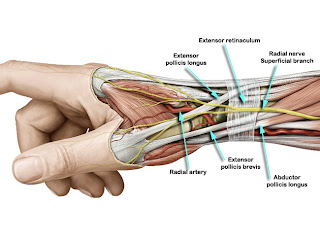Grades of Evidence & Levels of Recommendations: The Basis of EBP
Grades of Evidence
I: Evidence obtained from at least one properly designed randomized controlled trial.
II-A: Evidence obtained from well-designed controlled trials without randomization.
II-B: Evidence obtained from well-designed cohort or case–control analytic studies, preferably from more than one center or research group.
II-C: Evidence obtained from multiple time series with or without the intervention. Dramatic results in uncontrolled experiments also could be regarded as this type of evidence.
III: Opinions of respected authorities, based on clinical experience, descriptive studies, or reports of expert committees.
Levels of Recommendations
Level A — Recommendations are based on good and consistent scientific evidence.
Level B — Recommendations are based on limited or inconsistent scientific evidence.
Level C — Recommendations are based primarily on consensus and expert opinion.
I: Evidence obtained from at least one properly designed randomized controlled trial.
II-A: Evidence obtained from well-designed controlled trials without randomization.
II-B: Evidence obtained from well-designed cohort or case–control analytic studies, preferably from more than one center or research group.
II-C: Evidence obtained from multiple time series with or without the intervention. Dramatic results in uncontrolled experiments also could be regarded as this type of evidence.
III: Opinions of respected authorities, based on clinical experience, descriptive studies, or reports of expert committees.
Levels of Recommendations
Level A — Recommendations are based on good and consistent scientific evidence.
Level B — Recommendations are based on limited or inconsistent scientific evidence.
Level C — Recommendations are based primarily on consensus and expert opinion.


Comments
Post a Comment